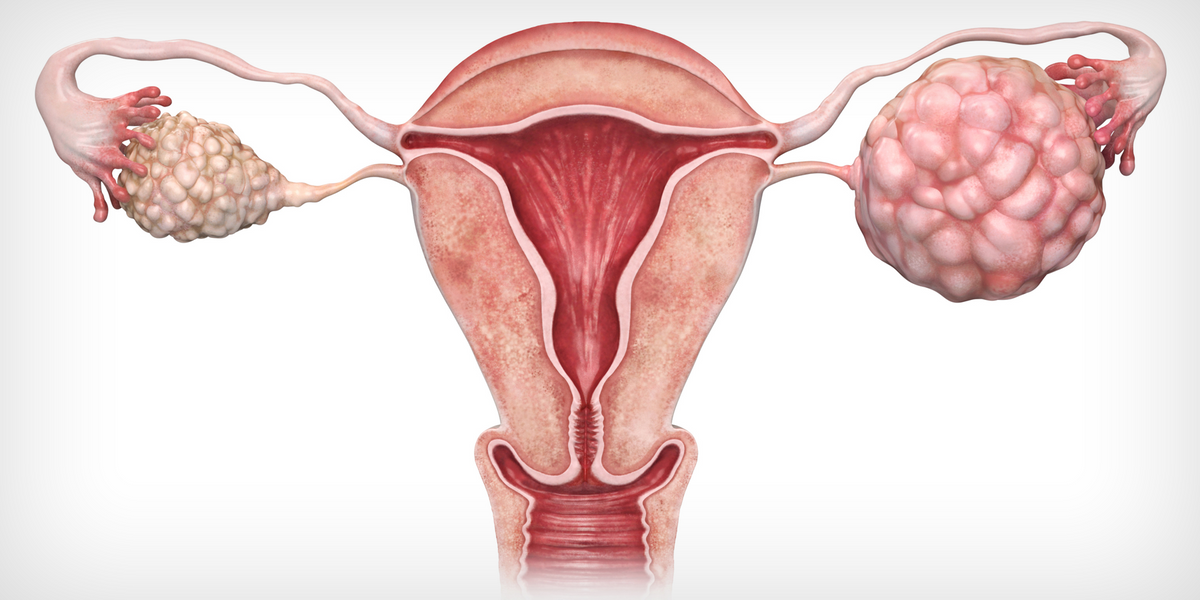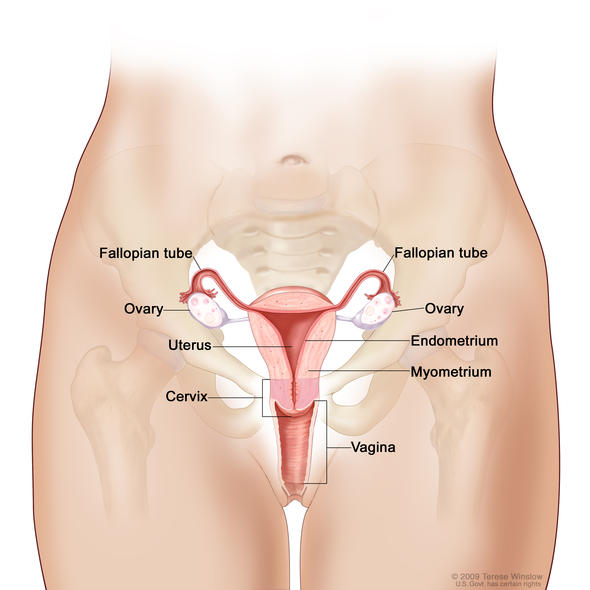

Ovarian cancer, most of which is seen in the postmenopausal period, is cured by 80-90% in the early period with appropriate treatments, while this rate drops to around 40-50% in the advanced period.
There are many different cells in the ovarian tissue. Tumors are formed as a result of uncontrolled division and proliferation in epithelial cells that form the main structure of the ovary or cells belonging to the embryonic period. It most commonly occurs with tumors originating from epithelial cells.
While 80 percent of people diagnosed with postmenopausal ovarian cancer have tumors in the epithelial tissue, 60 percent of people diagnosed under the age of 20 have tumors of the embryonic period. Ovarian cancer occurs in an average of 1.4 out of every 100 women in their lifetime.
Ways to Prevent Ovarian Cancer
Avoiding cancer-causing substances such as cigarettes and alcohol
Eating healthy
Use of birth control drugs
Ovarian Cancer Risk Factors
It is difficult to identify a risk group. About 5-10% of ovarian cancers are caused by genetic reasons. Therefore, healthy women with first-degree relatives with breast, ovarian and intrauterine cancer are at risk for ovarian cancer.

What Are the Symptoms of Ovarian Cancer?
Ovarian cancers do not give any early symptoms. For this reason, 2/3 of ovarian cancers are diagnosed in the advanced period. The reason for not showing symptoms; is that the cancer grows in the abdominal cavity and does not disturb the patient for a long time. However, abdominal swelling, groin and abdominal pain, weakness can be symptoms of the disease.
In addition, some patients may experience gas and digestive upset. The most prominent symptom in the last stages of the disease is weight loss.

What are the Diagnostic Methods of Ovarian Cancer?
There is no single diagnostic method for ovarian cancer. The disease can be diagnosed in many ways. In some patients, the diagnosis is made during research and operations performed for other reasons. Therefore, patients with the above-mentioned complaints must be examined by a gynecologist. The suspicion of the presence of the disease is evaluated by pelvic (groin) ultrasonography performed after the examination.
The diagnosis of ovarian cancer is made after the pathological examination of the surgically removed tissues. Apart from ultrasonography, tomography and similar imaging methods are among the diagnostic methods. In addition, the investigation of some substances called tumor markers in the blood is also used as an auxiliary diagnostic method. As mentioned above, since ovarian cancers do not show signs in the early period, annual gynecological examination and inguinal ultrasonography, especially after menopause, can provide early diagnosis of the disease. In this context, post-menopausal controls are important. Because 75% of ovarian cancers are seen in the postmenopausal period.

What are the Treatment Methods for Ovarian Cancer?
The first treatment for ovarian cancer is surgical treatment. In other words, patients are first treated with surgery. The response of the disease to treatment is directly related to the adequacy of the first surgery. In the early stages of the disease, an operation called staging surgery is performed with the removal of the tumor.
In the advanced stages, tumors in the abdominal cavity are removed with a comprehensive surgery. In cases where it is deemed necessary during the surgery, it may also be possible to remove the intestinal parts. All patients, except for patients in the very early period, are treated with drugs called chemotherapy. In other words, an important part of ovarian cancer treatment is drug therapy.
The response of the disease to treatment is directly related to the extent of the tumor. While 80-90% of early-stage diseases are cured with treatment, the recovery rate for advanced-stage diseases is around 40-50%. After surgery and chemotherapy, patients are checked with examinations and tests every 4-5 months for many years. If the disease recurs, the treatments should be repeated. Sometimes it may even be necessary to repeat the operations 2 to 4 times.